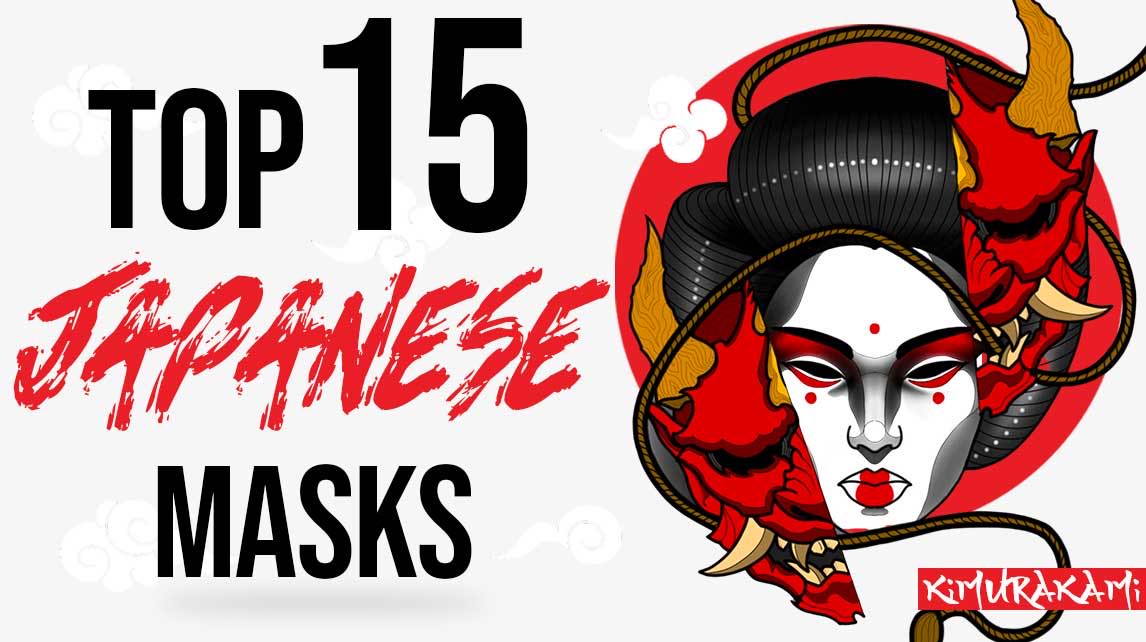A kitsune is a mythical creature from Japanese folklore. The word "kitsune" translates to "fox" in English. Kitsune are often depicted as clever and mischievous spirits in the form of a fox, and are said to possess magical powers such as shape-shifting, illusion, possession, and the ability to control fire.
In traditional Japanese myth, kitsune fox are portrayed as mischievous tricksters who enjoy playing pranks on humans. However, they can also be benevolent creatures who bring good luck and protection to those they favor. Kitsune are also said to have the ability to possess humans, and in some stories, they are depicted as seductive and dangerous creatures who use their powers to lure men to their deaths.
Kitsune are also associated with the god Inari in Shinto religion, who is the patron of agriculture, fertility and foxes. Foxes are considered as messengers of Inari and are often depicted in artwork as having a key in their mouths, symbolizing the key to the granary of Inari.
In modern pop culture, kitsune are often depicted in anime, manga, and video games. They are often portrayed as powerful and intelligent beings with multiple tails, each tail representing the number of years they have lived and the power they have accumulated.
If you wish to have a perfect Kitsune Japanese style, we recommend you to see our Kitsune Japanese Mask collection !
You will discover in this blog the portrait and legends of this bewitching creature:
- Kitsune Origin
- Kitsune Magical powers
- Different Kitsune types
- Kitsune Popular legend
- Kitsune symbolism in Japanese culture
KITSUNE ORIGIN
 Japanese Kitsune
Japanese Kitsune
Kitsune legend
According to some scientists, the Yokai demon would have been born from very old legends of Chinese, Korean or Indian origin before integrating the Japanese folklore. The 9-tailed fox spirit was called Huli Jing in China and Kumiho in Korea. On the other hand, the creature is also close to the Indian Rakshaka who also possessed powers of illusionism and a mischievous character. However, some Japanese believe that Kitsune is an indigenous concept.
Kitsune origin
Moreover, the fox appears as early as the 11th century in the Konjaku Monogatari, a Japanese collection of Asian folk tales. It is said that foxes and men lived together in harmony in ancient Japan. This is why, unlike its Chinese and Korean counterparts, the Kitsune was considered benevolent in the eyes of Japanese culture as early as the 9th century.
While the true origin of Kitsune is rather unclear, it is the subject of many Shinto, Taoist and Buddhist legends and beliefs. In the stories, it is said to have real magical powers and very sharp intelligence.
KITSUNE MAGICAL POWERS
 Kitsune female with tails
Kitsune female with tails
Kitsune tails
The kitsune yokai has a similar appearance to the common fox, however it has several tails. To know how old a Kitsune is, just count how many it has. Every hundred years, this japanese mythical creature grows a new tail. The Kitsune can have up to nine tails, a sign of advanced experience and wisdom. The Kitsune demon is dressed in a white coat.
Kitsune metamorphosis
 Kitsune Art
Kitsune Art
Also, as the years go by, its magical powers increase. Thus, at his one hundred years of age, he acquires the power of metamorphosis and can take on human form, usually that of an attractive young woman. The yokai fox is therefore often associated with a female figure.
Kitsune curse
Extremely intelligent and mischievous, the woman fox bewitches men and plays tricks on them. The fox demon can sometimes become evil depending on the situation. You should know that she is very sensitive and resentful. Therefore, be careful not to offend her if you don't want her to put a terrible curse on you. On the other hand, she is very loyal and sincere. In general, she is a righteous soul who brings good things if you respect her.
Kitsune powers
At a mature age, the Kitsune becomes extremely powerful and can take on any appearance. It has the power to read thoughts, take possession of spirits and dreams. Thus, the Japanese fantasy creature can manipulate humans and influence their destinies. Some very powerful Kitsune can predict the future and modulate space-time. Finally, Celestial Fox is also known to be the master of illusion. It's said that he creates fire by rubbing his tails.
KITSUNE TYPES

There are several kinds of Kitsune related to the 13 elements of Japanese mythology such as the sky, fire, earth, emptiness, etc.. It is said that each fox is connected to a particular element that will determine its temperament. In some legends, the Kitsune have a necklace of 12 beads around their neck to symbolize these elements. The 13th is represented by the creature itself.
Kitsune Myobu
Among the best-known types of Kitsune, we can mention the Myôbu and Nogitsune. The Myobu are benevolent Kitsune linked to the celestial element and the Inari deity. Their meeting is a sign of good omen.
Kitsune Nogitsune
Associated with the element of emptiness, the Nogitsune is particularly mischievous, but not necessarily malicious. However, be careful not to attract their wrath.
Bakemono Kitsune
The Bakemono Kitsune are Japanese ghosts.
It is important to know that after their death, the magic foxes have the choice to sacrifice one of their tails to come back to Earth or to transform into a spirit. It's kind of like our nine-lived cat.
POPULAR LEGENDS AROUND THE KITSUNE
 Kitsune Girl
Kitsune Girl
Some beliefs say that women who go out alone at dusk are foxes.
Several Japanese myths report that these women sometimes have difficulty hiding their true nature. They fear their enemies, the dogs and men of faith who have the power to unmask them. Moreover, the reflection of the mirror or the influence of alcohol would reveal their true identity. So, if you doubt about the nature of your girlfriends, you know what you have to do.
In the Japanese imagination, when the rain starts falling on a sunny day, it means that a marriage between a Kitsune and a human has taken place. It's usually a sign of good omen. On the other hand, the children born from this union would have a human appearance with some powers inherited from their mother. One of the most popular legends is that of Kuzunoha.
The Legend of Kuzunoha
 Kitsune Yokai
Kitsune Yokai
In the Shinoda forest, a white-coated fox was trapped by a hunter looking for a medicinal remedy. Passing by, the young Abe no Yasuna felt pity and decided to help the animal. He fought the hunter and rescued the exhausted creature.
Thankful to his savior, the Japanese fox took on human form and visited him to heal his wounds. As they spent time together, the two fell madly in love. Charmed by the beautiful Kuzunoha, Abe no Yasuna soon asked her to marry him. Later, they had a son named Seimei. Having inherited some of his mother's powers, the child possessed remarkable intelligence and faculties.
One day, while his mother was contemplating the chrysanthemums in the garden, young Seimei discovered the tip of a fox's tail. Unmasked, Kuzunoha was forced to leave her family. Before leaving, she met her beloved in the forest where they had met.
When Abe no Yasuna and his son went into the woods, they saw a majestic fox. It was Kuzunoha who appeared to them in her animal form to reveal to them that she was the kami of the Shinoda forest. Before returning to her wildlife, the fox offered her son the power to understand and communicate with animals.
The Legend of Tamamo no Mae
 Kitsune Drawings
Kitsune Drawings
Another japanese legend tells the story of a beautiful and intelligent young woman who had bewitched Emperor Toba no In and his son. The mysterious Tamamo no Mae had an amazing culture despite her youth. Her piercing spirit, impeccable appearance and unparalleled beauty dazzled the Court, so much so that she was nicknamed the Luminous Jewel Lady.
One day, the emperor and his son both fell seriously ill without explanation. After summoning several priests and testing many remedies without success, they called an astrologer to understand the origin of this evil.
Abe no Yasuchika, who also possessed a gift of exorcism, soon discovered the true identity of Tamamo no Mae. The beautiful young woman turned out to be a particularly evil nine-tailed fox.
A hunt was organized to execute the dangerous creature that had then fled. After being killed by an arrow, the fox turned into a cursed stone that had the power to kill anyone who touched it.
In another legend, Tamamo no Mae was a benevolent spirit who dispelled the forces of evil. A carillon always announced his arrival by ringing 13 times, symbolizing the 13 elements of mythology.
KITSUNE SYMBOLISM IN JAPANESE CULTURE
 Kitsune Inari temple
Kitsune Inari temple
Kitsune fox
The Kitsune are known to be the guardians and Inari messengers. Because of this, their statues populate the sanctuaries of the Shinto deity. Worshipped by the Japanese, they are also considered as protective Kamis, especially against evil spirits.
Kitsune anime
Japanese artists and kabuki theatre regularly refer to the nine-tailed fox in their works. However, if the Kitsune is so famous it is partly thanks to manga, anime and video games which have been largely inspired by the myth in its human or animal form.
 Kyubi Kitsune
Kyubi Kitsune
In the famous animated film Naruto, Kyubi is a fox spirit that takes possession of the hero. Later, the Pokemon cartoon released Goupix and Feunard, two versions derived from Kitsune. Besides, the female fox is invited in several video games such as League of Legends to the delight of gamers.










I wonder if it’s become true
Leave a comment